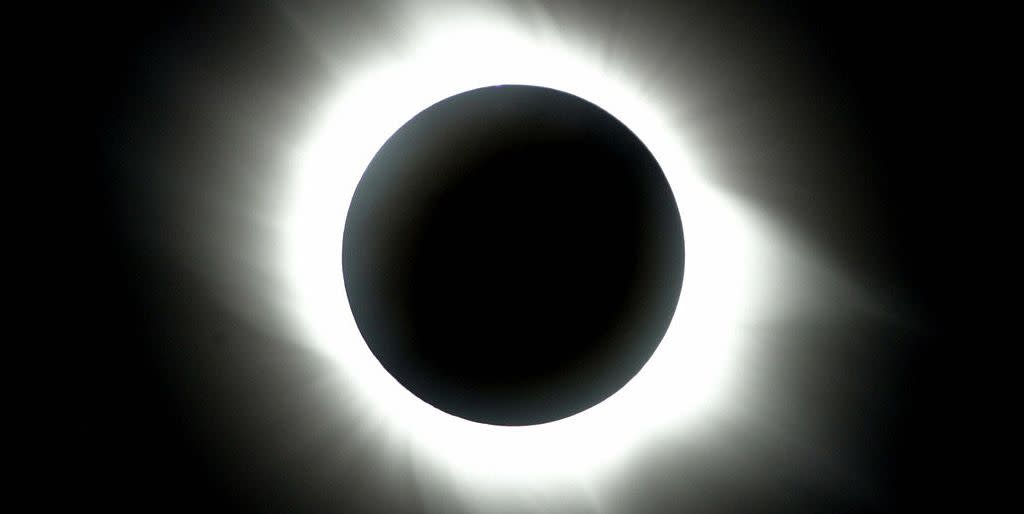A Total Solar Eclipse is Happening in July—Here’s Everything You Need to Know

The last time we had a total solar eclipse, it occurred in the summer of 2017 and was also known as the Great American Eclipse. Now, we're gearing up for the next one, which takes place this July.
It will be known as the Great South American Eclipse, but before you bust out those eclipse glasses, here's what you should know about the next lunar phenomenon.
What is a total solar eclipse?
A total solar eclipse is when the moon completely blocks the sun-100 percent of it. It's different from a partial eclipse, because like the name suggests, the moon only partially covers the sun.
When is the next total solar eclipse?
The upcoming total solar eclipse will occur on July 2, 2019-but if you miss that one, you'll have to wait until December 2020 to see the next one, which can be seen in parts of South America and Antarctica.

How can I see the next total solar eclipse?
Unfortunately, you'll have to take a trip down to South American for this eclipse. You'll be able to see the moon totally covering the sun in the South Pacific Ocean, Chile and Argentina. Other parts of South America will be able to see a partial eclipse, not a total eclipse.
You can check out all of the upcoming eclipses on NASA's website.
('You Might Also Like',)

